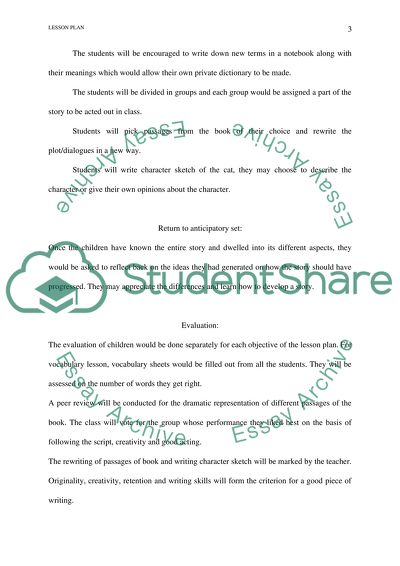Cite this document
(Lesson Plan for The Diary of a Killer Cat by Anne Fine Report, n.d.)
Lesson Plan for The Diary of a Killer Cat by Anne Fine Report. https://studentshare.org/education/1565185-lesson-plan-for-the-diary-of-a-killer-cat-by-anne-fine
Lesson Plan for The Diary of a Killer Cat by Anne Fine Report. https://studentshare.org/education/1565185-lesson-plan-for-the-diary-of-a-killer-cat-by-anne-fine
(Lesson Plan for The Diary of a Killer Cat by Anne Fine Report)
Lesson Plan for The Diary of a Killer Cat by Anne Fine Report. https://studentshare.org/education/1565185-lesson-plan-for-the-diary-of-a-killer-cat-by-anne-fine.
Lesson Plan for The Diary of a Killer Cat by Anne Fine Report. https://studentshare.org/education/1565185-lesson-plan-for-the-diary-of-a-killer-cat-by-anne-fine.
“Lesson Plan for The Diary of a Killer Cat by Anne Fine Report”. https://studentshare.org/education/1565185-lesson-plan-for-the-diary-of-a-killer-cat-by-anne-fine.


